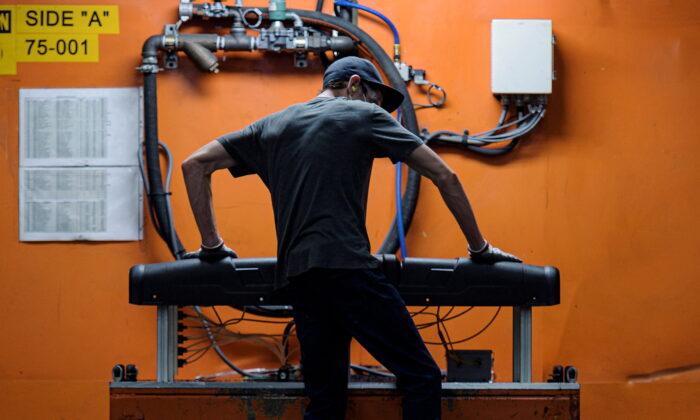A new report from the Department of Labor detailing price dynamics from the perspective of input costs to businesses shows underlying inflationary pressures rising in August, suggesting inflation could stick around for longer.
But the so-called core PPI, which excludes the volatile categories of food and energy and is a measure of underlying, or “sticky,” inflationary pressures, rose 0.2 percent last month. That’s a faster pace of month-over-month core business input cost growth than the 0.1 percent recorded in July, suggesting underlying inflationary pressures were building again after three consecutive months of easing.
Core inflation is a measure that’s closely watched by investors as a gauge of future inflation and the persistence of price pressures.
‘Inflationary Pressures Remain’
There was a similar dynamic in the core consumer price inflation data released by the BLS on Sept. 13. This showed the core Consumer Price Index (CPI) gauge surging 0.6 percent month over month in August, twice the pace in July.Some economists offered a different take.
Market reaction to PPI inflation data released on Sept. 14 was muted after Tuesday’s CPI figures sparked a flurry of selloffs.
Following opening bell on Wednesday, Wall Street’s main stock indexes were mixed, with the tech-heavy Nasdaq on track to recover some of the deep losses of the prior session after the red-hot CPI inflation data sent equities tumbling.
At the time of reporting on Wednesday, the Dow was down 80 points, or 0.26 percent, the S&P 500 down 7 points, or 0.18 percent, and the Nasdaq composite was up 78 points, or 0.64 percent.






Friends Read Free